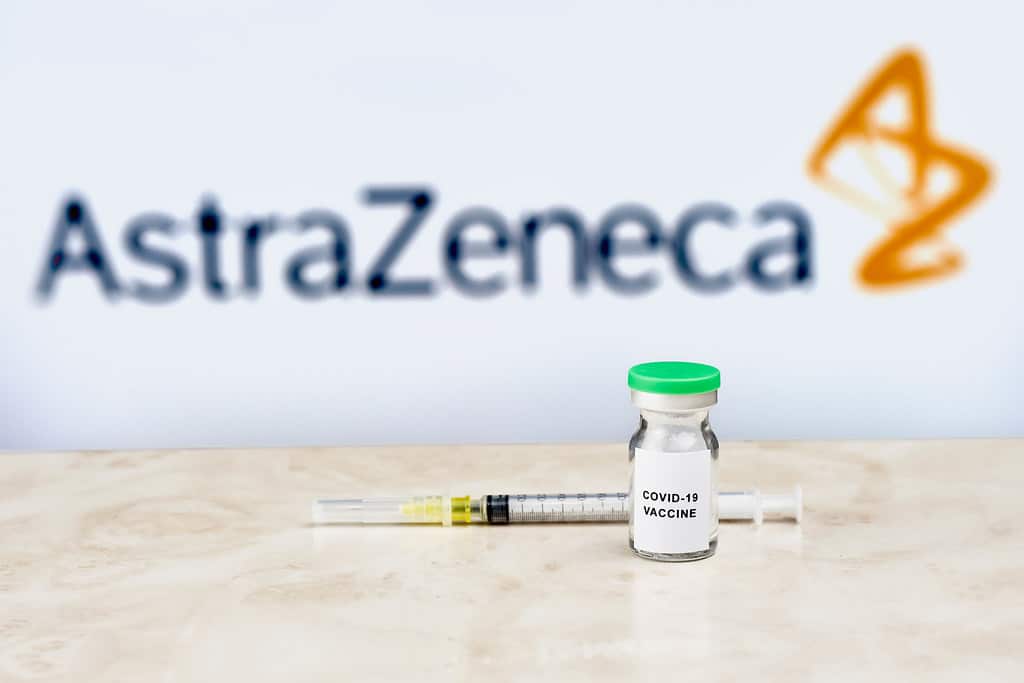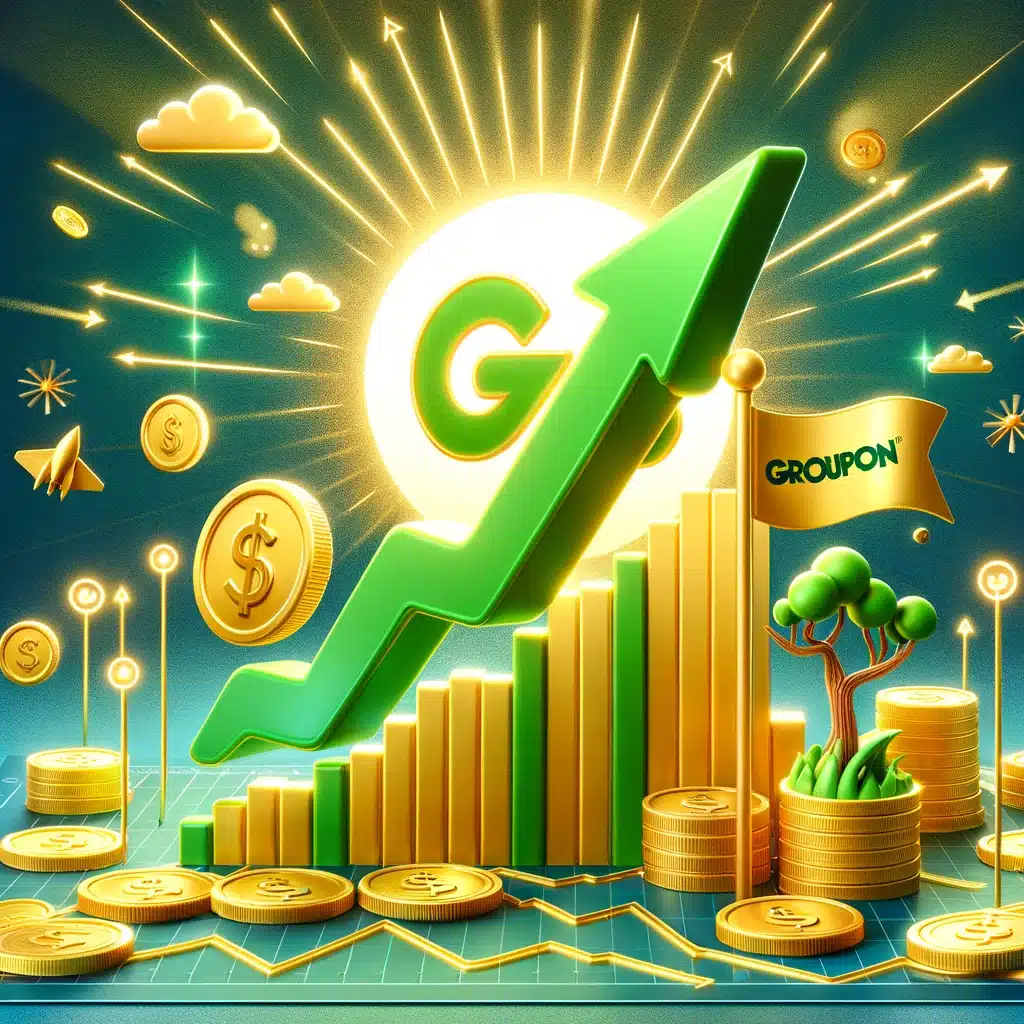
 It’s not just you: marijuana is stronger now than it was in the 1970’s and 80’s.
It’s not just you: marijuana is stronger now than it was in the 1970’s and 80’s.
A leading group of physicians in the United States is warning about the potential risks associated with marijuana use among children and young adults, saying that ongoing legislative changes across the US could contribute to a growing health risk concerning marijuana, a drug known to have adverse effects on young and developing brains.
The new report issued by the American Academy of Pediatrics (AAP) calls for pediatricians across the country to step up their game in terms of counselling and education parents and children about the potential dangers of marijuana use, saying that it’s their job to help combat the image of marijuana as a benign drug, especially when used by children and adolescents.
Think marijuana is stronger now? You are right…
“Changes in the legal status of marijuana, even if limited to adults, may affect use among adolescents by decreasing the perceived risk of harm or through the marketing of legal marijuana, despite restrictions that prohibit marketing and advertising to this age group,” reads the statement which was published in the journal Pediatrics by the AAP’s Committee of Substance Use and Prevention.
A recent National Survey on Drug Use and Health in the US noted a decline in the percentage of 12 to 17-year-olds who felt that there is a “great risk” in smoking marijuana once a month or one or two times per week. The trend is concerning, says the AAP, in part due to the evolution of the drug itself over past decades. “The concentration of tetrahydrocannabinol, or THC, the psychoactive substance in the marijuana plant, has increased considerably, from approximately 4% in the early 1980s to upward of 12% in 2012, increasing the risk of adverse effects and the potential for addiction,” says the report.
The AAP asserts that although studies have documented marijuana’s positive therapeutic effect in alleviating symptoms for patients undergoing cancer treatment and in treating pain for chronic neuropathic syndromes like multiple sclerosis, for children and adolescents, the evidence tells a different story. While some research has been undertaken on the benefits of medicinal marijuana in treating refractory seizures, the bulk of studies have shown that both short and long-term pot use can have potentially harmful effects on the young brain, including memory loss, decreased concentration and problem-solving skills, reaction time and tracking ability.
“The adolescent brain, particularly the prefrontal cortex areas that control judgment and decision-making, is not fully developed until the early 20s, raising questions about how any substance use may affect the developing brain,” says the report.
Currently, marijuana use in the majority of US states has been either decriminalized or made legal for medical use, with a handful of states including California, Massachusetts and the District of Columbia having legalized pot for recreational use. More states are reportedly on the way to legalizing recreational marijuana use in the next couple of years.
In Canada, the federal government is intending to introduce legislation this spring to legalize marijuana, with a minimum age limit expected to be set at 18 or 19, in line with provincial alcohol laws. “We know the main harm that comes from the consumption of marijuana occurs at a younger age than 18 or 19, and I think this is a reasonable approach that is balanced, practical and useful,” said Prime Minister Justin Trudeau in December. Trudeau has stated that a main driver behind the initiative is to keep marijuana out of the hands of children.
Comment
One thought on “Today’s marijuana is three times a strong as it was”
Leave a Reply
You must be logged in to post a comment.




 Share
Share Tweet
Tweet Share
Share




Please , try to extend the scope of your reports beyond the extremely limited and biased view of American Physicians. Try publishing reports or studies from Germany, Holland and or Canada instead. Here’s a hint, if the government of any country lumps heroin and marijuana into the same category for convenience, you should immediately be aware that they are political pumping hot air as opposed to publishing the results of a studies and hard medical results founded upon scientifically collected empirical data. Another tell tale of a shoddy study is the overt lack of determination between types of THC, CBD and CBN.